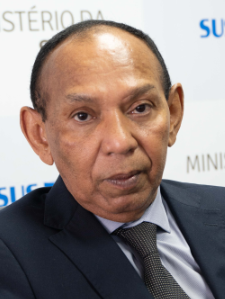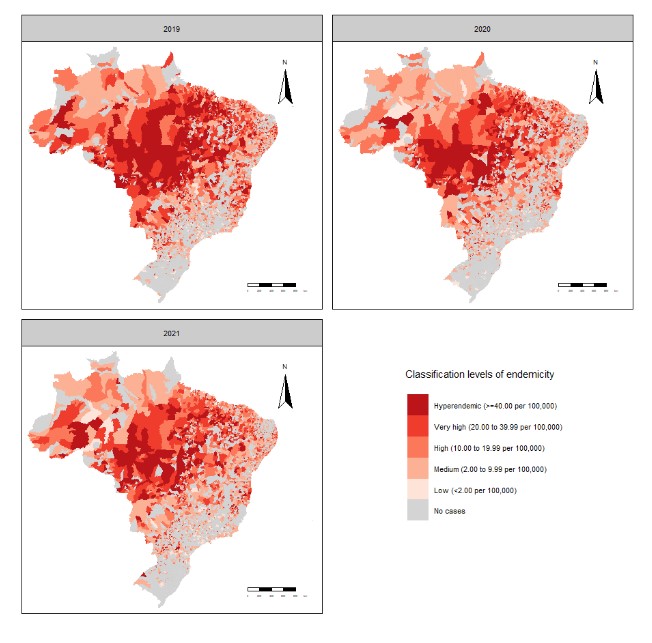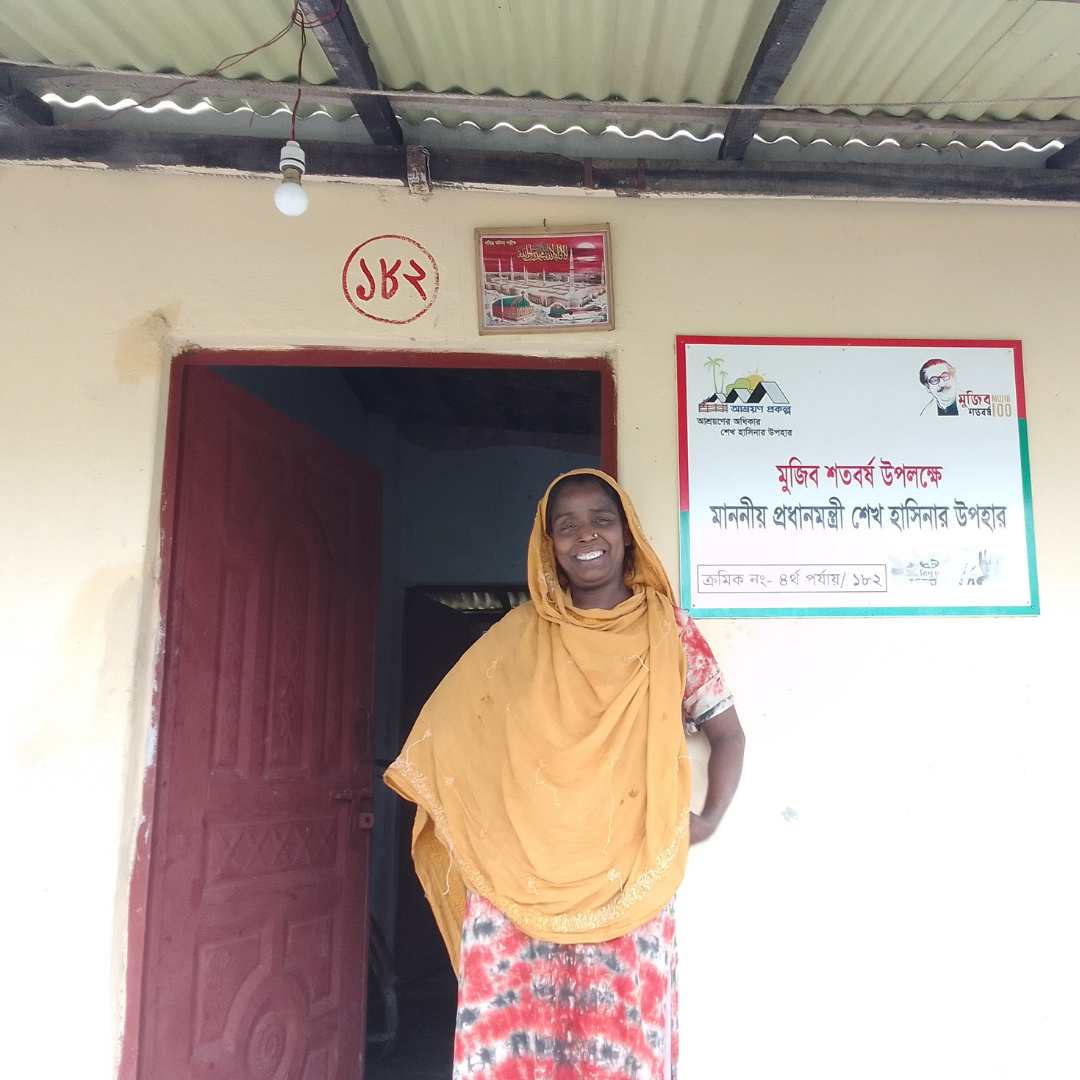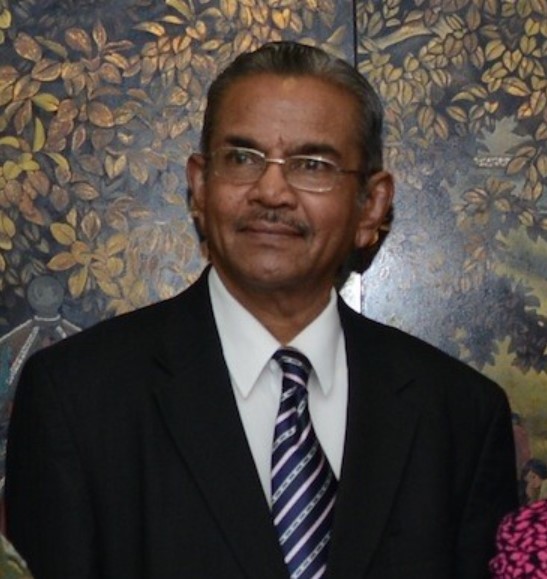
Dr. Gerson Fernando Mendes Pereira
Director, Department of Diseases of Chronic Condition and Sexually Transmitted Infections, Ministry of Health (Brazil)
Deputy Secretary, Secretariat of Health Surveillance, Ministry of Health (Brazil)
This report was written by Dr. Mendes Pereira in collaboration with Ministry of Health colleagues: Carmelita Ribeiro Filha, Gustavo Laine Araújo de Oliveira, and Rodrigo Ramos de Sena.
The pandemic years 2020 and 2021 brought additional challenges for Brazil’s national Hansen’s disease program. The restrictions imposed in response to COVID-19 during this period had a considerable impact on active search for cases and their family contacts by health care services. Detection of new cases, access to early diagnosis, and the timely provision of drug treatment all dropped in comparison to pre-pandemic 2019 data.
Specifically, there was a 35% reduction in the notification of new cases from approximately 28,000 in 2019 to about 18,000 in 2020. There was an even higher reduction of 43% in the number of new Hansen’s disease cases in children under 15 years of age. Preliminary data for 2021 showed an increase of 1.2% in the detection of new cases when compared to the data for 2020. This finding may reflect a resumption of case detection activities by health care services.

As Hansen’s disease is a silent condition and its diagnosis is essentially clinical, active search actions are urgent matters, especially for household contacts. With this urgency in mind, in 2022, the Ministry of Health of Brazil (MoH) encouraged states and municipalities to resume case identification actions, especially those related to case active search in communities. The MoH looked at Brazil’s 5,570 municipalities and identified the locations that had the highest proportional reduction in case detection for the last two years. These locations will be visited by specialists, who will train local health teams to assess the contacts of persons affected by Hansen’s disease.
A remarkable fact about the active search actions in the Brazilian communities is that they will rely on new technological innovations developed in Brazil by public institutions to support the increase in Hansen’s disease diagnosis. One of them is a rapid test for serological detection of anti-Mycobacterium leprae, which uses a blood sample collected by finger prick. Another relevant innovation is a kit for detecting the genetic material of Mycobacterium leprae in the skin or a nerve biopsy. This kit, which uses real-time Polymerase Chain Reaction (qPCR), is appropriate for patients who need a more in-depth investigation. The Brazilian government funded and technically evaluated the development of both tests based on our strategy for Research, Development, and Innovation (RD&I). As Hansen’s disease is a neglected disease, the government sector is essential in Brazil for new technologies to be made available to the population.
Brazil reiterates its commitment to the rights of persons affected by Hansen’s disease, continues to support universal health access, and acknowledges the need to build comprehensive care response, based on human rights, dialogue with civil society, investments in research, and the timely coverage of new health technologies. Thus, Brazil will keep on strengthening the active search for cases and their family contacts, promoting early diagnosis and treatment, preventing physical disabilities, interrupting the transmission chain, and progressing towards eliminating Hansen’s disease in our country.






-3.png)

